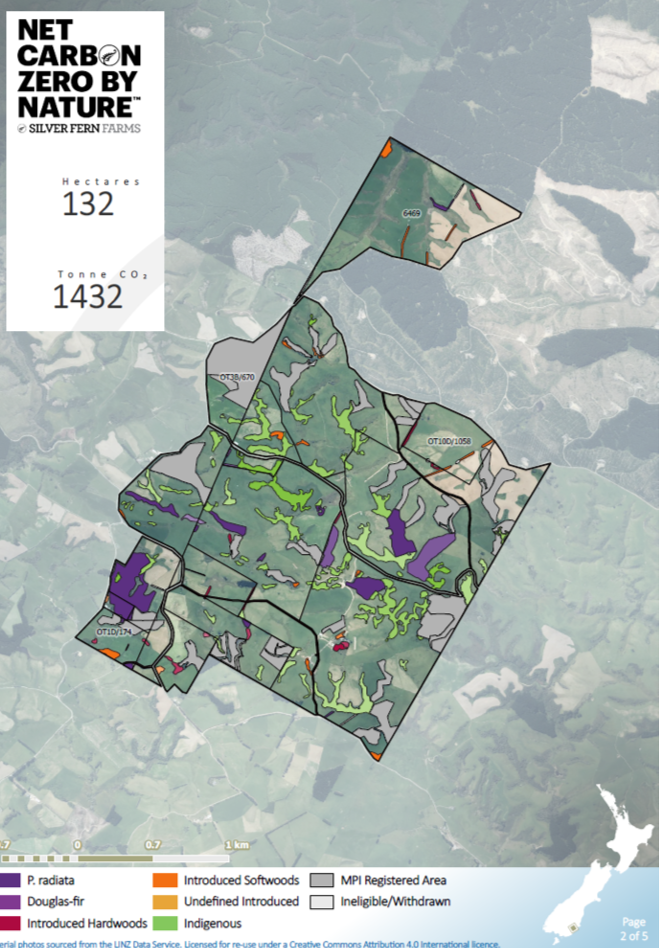Measuring carbon sequestration on farms with AI

Silver Fern Farms are New Zealand’s largest red meat producer with exports of grass-fed products to over 60 countries. In 2022 Silver Fern Farms launched Net Carbon Zero’ which was New Zealand’s first certified grass-fed, carbon zero red meat product, where 100% of end-to-end emissions have been removed within the farms where the animals were raised.
Silver Fern Farms’ approach is unique as it utilises “insetting” which means the carbon credits needed to account for the emissions of the product are found by working with farmers to optimise the role that the farms can play in acting as carbon sinks, rather than having to rely on purchasing carbon credits from other projects.
“Taking care of our emissions is our own responsibility, no-one else’s,” says Silver Fern Farms CEO Dan Boulton. “We are not outsourcing our emissions, rather we are recognising and incentivising our farmers for their efforts to create farm environments that are better able to capture carbon, increase biodiversity and support nature positive food production.”
Recognising that 96% of beef emissions occur on farm, Silver Fern Farms teamed up with Prism to map and measure the sequestration potential from the many types of vegetation present on their farms. Powered by Lynker Analytics and working closely with carbon forestry specialists Carbon Forest Services and New Zealand’s most trusted environmental verification body, Toitu Envirocare, Prism developed a data processing pipeline using satellite imagery, aerial photography, LiDAR and Artificial Intelligence (AI) to map permanent woody vegetation on farms.
Matt Lythe from Prism explains “The system we have developed uses satellite imagery with a high temporal return time combined with high resolution aerial photography in conjunction with Machine Learning to map, classify and age vegetation at a sub-hectare scale. A human supervised data harmonisation method is then used to integrate and blend the machine generated data and create carbon stock assessments.” The AI based system maps vegetation units larger than 1000 square metres in area, enabling a calculation of each individual farm’s ability to sequester carbon.

Example Carbon Removals Map. Each polygon area represents an eligible and permanent carbon sink classified by plant community.
The commitment by our farmers to whole-of-farm accountability runs deep.
The on-farm vegetation includes woodlot forests, shelter belts, regenerating native bush, summer shade and winter animal shelter, erosion, and riparian planting. Non-eligible vegetation including vegetation registered with MPI for the government emissions trading scheme (ETS) and vegetation areas less than 0.1 hectares are removed.
Each stand of vegetation is assigned an annual carbon stock change in Tonnes CO₂ based on type, hectares, and age. The system also allows for farmer input to confirm or amend the results and opt to include or exclude each stand of vegetation from the programme. The system is well placed to support future government or offshore buyer requirements for reporting greenhouse gas sequestration on New Zealand farms.
Through this programme Silver Fern Farms are connecting hardworking farmers with customers who want to support them to plant, restore, and regenerate vegetation to increase the amount of carbon their farms can naturally remove from the atmosphere.

